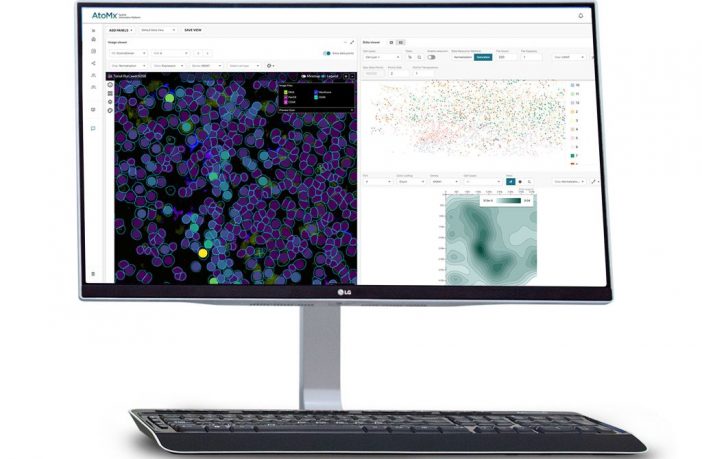With the increasing trend of remote and hybrid work environments, the life sciences field is undergoing a significant transformation, pivoting towards more flexible and powerful data analysis solutions. This is where cloud computing comes into play, especially in the emerging spatial biology field.
The Rise of Cloud Computing in Life Sciences
The advent of cloud computing has been a game-changer for life sciences. Its ability to provide scalable compute and storage options 24/7 is vital, particularly in scenarios like remote work or collaboration across different organizations. Traditional in-house data storage solutions, while effective, often come with high costs and significant maintenance demands. Moreover, these solutions can be resource-intensive, creating bottlenecks in data analysis and collaboration.
Challenges and Solutions in Cloud Computing
Transitioning to cloud computing isn’t without its challenges. Issues such as resource allocation, security, and user onboarding are prevalent. However, platforms like NanoString’s AtoMx Spatial Informatics Platform (SIP) address these challenges head-on. Unlike fixed resource allocations in traditional computing environments, AtoMx SIP leverages cloud computing to offer dynamic resource allocation, drastically improving efficiency and accessibility.
Spatial Informatics Platform (SIP) address these challenges head-on. Unlike fixed resource allocations in traditional computing environments, AtoMx SIP leverages cloud computing to offer dynamic resource allocation, drastically improving efficiency and accessibility.
AtoMx SIP: A New Era in Cloud-Based Spatial Informatics
AtoMx SIP is not just another cloud platform; it is a tailored solution for single-cell spatial data analysis. It stands out by offering infinite scalability, ensuring no customer faces resource limitations. With its push-button analysis capability, AtoMx SIP overcomes physical hardware limitations like RAM, CPU, and storage space, which traditionally limited user capacity. Furthermore, researchers have the option to use out-of-the box analysis pipelines or create their own.
The platform runs on AWS, a leader in cloud computing services, ensuring robust, reliable, and efficient data handling and analysis. This makes AtoMx SIP an ideal solution for handling the evolving and expanding data sets in single-cell spatial biology, such as those from the CosMx Spatial Molecular Imager.
Spatial Molecular Imager.
Security: A Paramount Consideration
Security is a crucial aspect of cloud computing, and AtoMx SIP has it covered with explicit access control. While detailed security discussions are reserved for a subsequent blog, it is essential to note that AtoMx SIP upholds the highest security standards to protect sensitive biological data.
Embracing the Cloud: AtoMx at the Forefront
Adopting cloud computing is no longer a choice but a necessity in spatial biology. AtoMx SIP, with its 24/7 data access, scalable compute, and storage, is leading this digital transformation. By enabling researchers to focus more on extracting valuable insights and less on the logistics of data analysis, AtoMx SIP is setting a new standard in spatial biology research.
The Future is Cloud-Enabled with AtoMx SIP
AtoMx data analysis tools have rapidly evolved since launch, becoming ever more powerful assets to research leaders. By accessing the unparalleled power and flexibility of cloud-based spatial biology tools provided with AtoMx SIP, researchers can stay ahead in a rapidly evolving field, ensuring that no analytical challenge is too big to tackle.
Learn more about how AtoMx SIP can simplify your single-cell spatial data analysis workflow.




